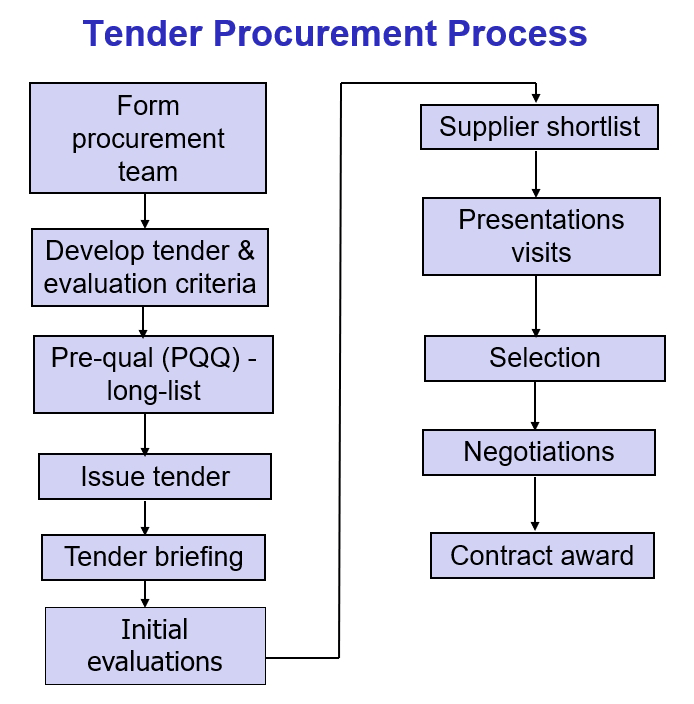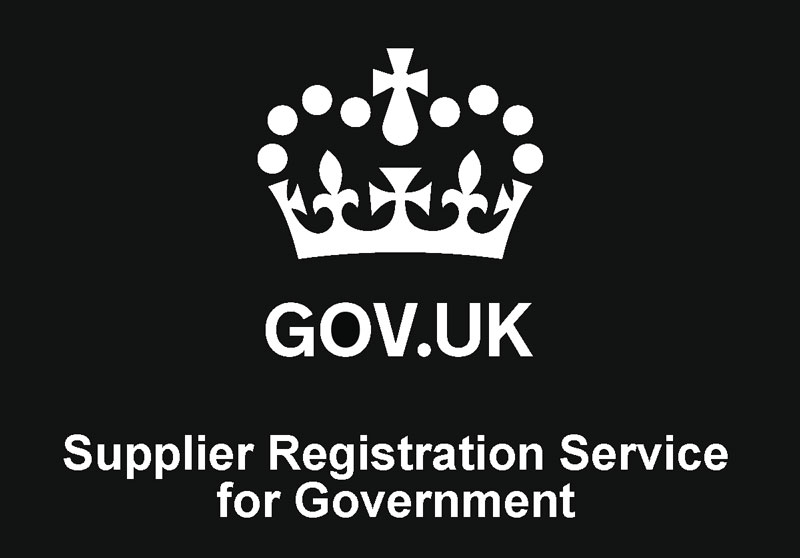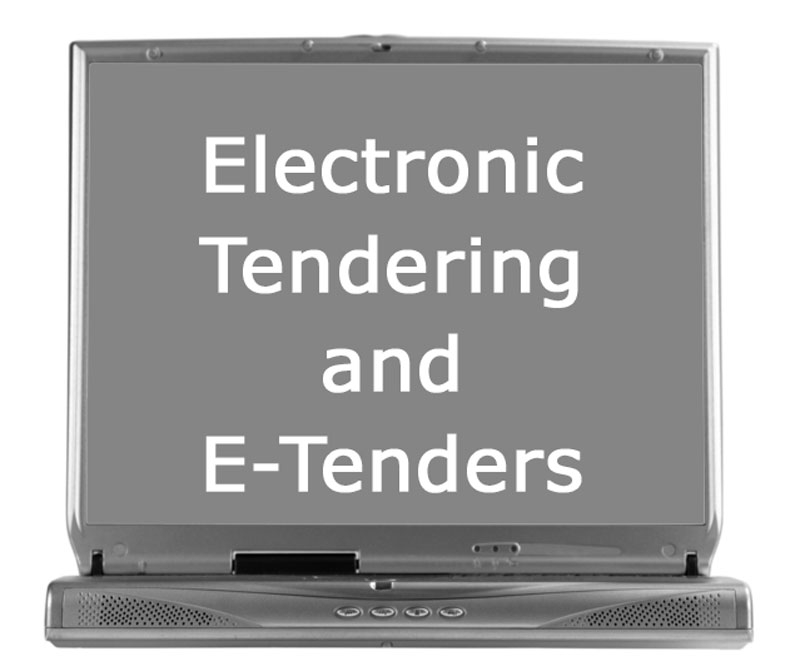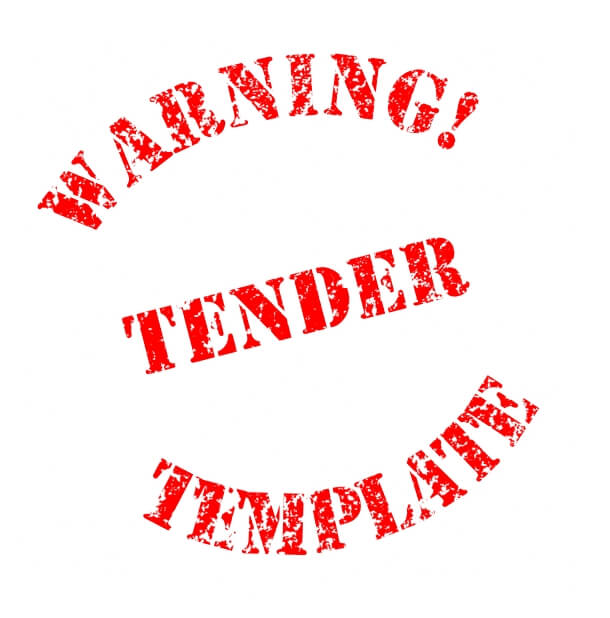Tender Process & Procurement – Tendering Process Explained
This guide to the tender process and procurement draws together many previous posts to provide a full understanding of the tendering process. Hopefully, it will help you to be more successful with your tender bids!
The Stages of the Tender Process
The tender process chart below shows the various steps that form a typical procurement process for a large contract. Smaller value contracts may be simpler.

Form Procurement Team
The procurement team will typically involve:
- Procurement
- The budget holder
- Others involved in managing the contract
- Possibly representatives from health and safety, human resources, quality management etc.
TIP: The higher the value of the contract, the bigger the procurement team – often involving senior management. Also, the tendering process becomes more drawn out. The same applies to high-profile purchases.
For example, a very high-value contract, or one that involves contracting out for the first time, will often involve a large team (including directors). And it will have a full tender process (as shown in the chart). Conversely, smaller contracts may have a much simpler tender procurement process. You see this in the public sector. Higher value contracts must be advertised. Smaller jobs can be let via a mini-tender.
…Tender Process & Procurement – Tendering Process ExplainedRead More »
Tender Process & Procurement – Tendering Process Explained Read More »




